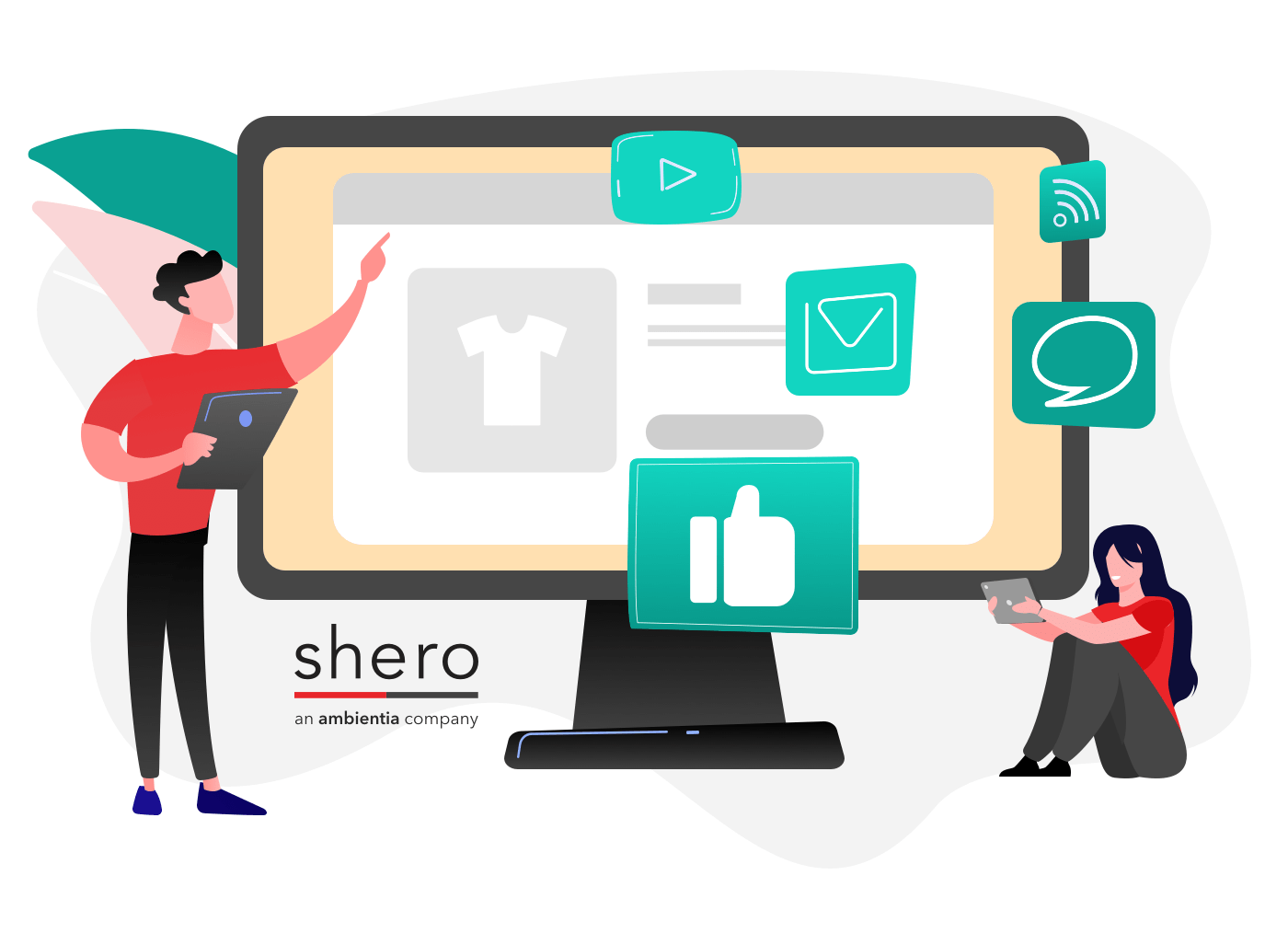One the qualities that makes me feel most present and connected to humanity is our ability to recognize patterns, and the innate curiosity tied to that instinctive skill. As a math lover and truth seeker, I find direction in the tangible. I rely on patterns to sort out the gut feelings from true reality. Business is full of gut feelings, and I’d never advocate ignoring them. However, I typically define identifying my gut feeling as only the first step in determining if something is worth my curiosity to investigate. Most things are not one dimensional.
I find comfort in knowing that a long line of humanity before me has already laid the groundwork for problem-solving: the philosophers, the stargazers, the farmers, the builders. I’m not starting over. I’m not creating anything completely new. In an age of Googling for the answer, self-doubt, over-complication, and fill-in-the-blank tests, it’s easy to forget that we can challenge ourselves and use our creativity to probe a little further.
My approach to business in the wild west of startups has not been far removed from the scientific method. This might sound strange, but the core of the scientific method is centered around defining a question, researching, creating a hypothesis, planning a way to test your assumptions, defining the parameters that must be met to confirm your original hypothesis, and either the conclusion that your original hypothesis is correct or incorrect. An incorrect original assumption is an opportunity for future experimentation. It is not a failure. Many small business owners rely on gut feelings and might not know how to define and reign in more intangible aspects of business. With patience and humility, I have found most things to be observable and fancy the notion that you can measure anything.
“You can’t manage what you can’t measure” – Peter Drucker
I have yet to find a business problem that is completely intangible. In business, we create the tangible from the intangible through careful observation and measurement; for example, we can determine the quality of customer interactions by measuring repeat business, the length of client partnerships, and number of referrals. Even in the most traditional offices, we’re surrounded by tangibly observable things, like budgets, cash flow forecast, productivity, and project risk assessments, that are designed to extract hard facts from abstract ideas.
Start Asking Questions
So how do you make the scientific method approach work for your business? How do you find definite answers to your own nebulous questions, or turn your mysterious gut feelings and theories into clear plans and solid results?
It starts with intention, and with recognizing what you need to measure and why. The mystery dissolves when you realize you can observe the answer by tracking the data related to your questions. The fear and false starts dissolve when you realize your theory doesn’t have to be perfect the first time. I’ve measured plenty of things I ultimately deemed unnecessary at a later point or irrelevant after learning new information. The important thing is to start. The exercise is its own reward; refining the process of discovery is how leaps are made and molds are broken.
What is Observable?
I recently read a book by Douglas W. Hubbard, How to Measure Anything: Finding the Value of “Intangibles” in Business. Don’t be put off if you “UGH, hate math;” this book is for all decision makers. Working in the technology field, I love finding sources of data that can be created through the normal course of business (and later, dumped or connected to an analysis tool on the backend), and creating queries and formulas that can be repeated. It’s very similar to how I approach exercising; they both involve folding important tasks with long-term benefits into something I’m already doing for practical, short-term reasons. I commute by bike because I have to get to work anyway, and I sometimes put myself in a situation where the only way off the mountain is to continue to climb.
Aside from the internal data you gather, consider looking at external data as well. In last week’s post, I mentioned the power of connecting with like-minded businesses who are facing the same challenges we face at Gauge. Through the internet, we have a vast amount of information available and resources to connect to at any time. It’s a vat of information, full of dark corners and rabbit holes. Much like any wide pool of resources, finding the information you need sometimes takes a curious mind wandering down new passages while asking the right questions.
The “age of big data” has become a buzzword—it can feel like other and intangible in and of itself—but having a huge amount of data is useless until you can determine what your question is and how your data might be used to answer it.
Experiment
“Success is a function of persistence and doggedness and the willingness to work hard for twenty-two minutes to make sense of something most people would give up on after thirty seconds.” – Malcolm Gladwell, Outliers: The Story of Success
Once you’ve found your questions and gathered your data, you’ve got to close the loop by testing your hypothesis. Not all questions have easy answers; testing for results can be hard work.
It can be easy to overcomplicate your tests, but this is where creativity and experimentation can be a powerful ally. In How to Measure Anything, Hubbard highlights inspiring individuals he defines as “measurement mentors.” These are individuals with the intuition to use relatively rudimentary means to find simple solutions to complex problems. It’s possible to bring this same intuitive approach and quantitative investigation to business.
My favorite of Hubbard’s examples is Enrico Fermi, a physicist at the first detonation of the atomic bomb. (Yes, I know, we all hope anything related to an atomic bomb has nothing to do with our businesses, but bear with me.)
At the Trinity Test Site on July 16, 1945, Fermi’s colleagues were tinkering with instruments that would be used to measure the blast while Fermi was tearing up his notebook paper into tiny pieces of confetti. Boom! Fermi standing still, quietly held up his hand straight and uncoiled his fingers full of confetti. The confetti blew off behind him and he marked the place where he stood. The creative lunatic had just figured out how to estimate the blast velocity through observation without relying solely on machines. He knew a few key pieces of information, his height, location, and distance the paper flew.
The moral of this “math insights” story is that it doesn’t have to be complicated to be effective. Most business math I do today is basic math. You don’t have to be the best at math to solve for the relevant answer, and your tests don’t have to be elaborate and expensive to produce results.
And Don’t Stop
Another takeaway I appreciate from Hubbard’s book is that our ability to reduce errors, minimize risk, or even determine error range continues to improve with persistence. Even reducing the risk by a small margin is better than no reduction at all. Never stopping to measure your results, never trying a new approach or taking an unexpected path, never asking abstract questions without obvious answers—those are perfect ways to keep your business stale and fall behind. On the other hand, with a healthy curiosity, a good dose of intentionality, and a practical approach to testing new ideas, you can solve the tough mysteries your business faces and answer the nebulous questions clouding the path ahead.
Are there things in your business you know you care deeply about, but don’t believe are measurable? This is one of my favorite topics and I’d love to chat about the first step: Asking the question.





